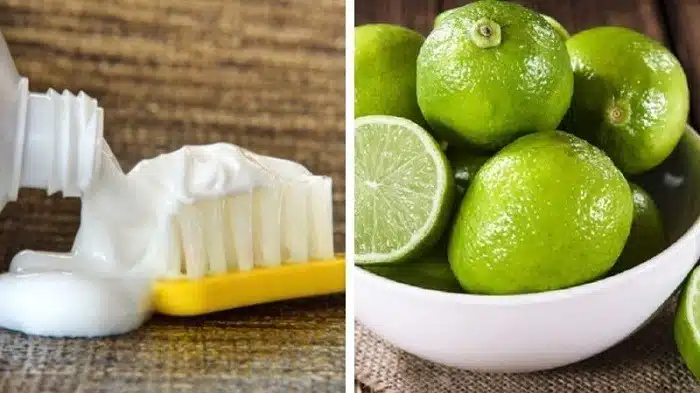
We’ve all had that moment in front of the mirror where our smile looks a little less than radiant. If you’re thinking, “How can I brighten my teeth without heading to the dentist?”, you’re not alone. There’s actually a simple at-home trick that might bring back your sparkle—but it’s not without its risks, so caution is key.
Teeth Whitening at Home: Natural, But Not Risk-Free

There are tons of DIY tips out there that promise a whiter smile. One of the most talked-about involves an ingredient that’s both everyday and acidic: lemon. When used correctly, it can genuinely make a difference. But why mix it with toothpaste? And how do you make sure it doesn’t harm your teeth in the process?
What Makes Lemon Effective for Whitening?
Lemon contains citric acid—a natural cleanser. Think of it like the stuff you’d use to descale a coffee maker: it breaks down buildup. But here’s the catch—your teeth aren’t made of steel. Enamel is delicate, and too much acid can wear it away, like over-scrubbing a sponge until it thins out.
Why Add Toothpaste?
When you combine lemon with fluoride toothpaste, you’re softening the blow. Toothpaste helps reduce the harsh effects of the acid while still cleaning the surface stains. It’s a bit like mixing a strong cleaner with fabric softener—you keep the cleaning power but add some gentleness.
DIY Whitening Paste Recipe

What you’ll need:
- 1 teaspoon of fluoride toothpaste (about 5g)
- A few drops of freshly squeezed lemon juice (about 1ml)
How to use it:
- Mix the lemon juice and toothpaste in a small bowl until you get a smooth paste.
- Apply it gently to your teeth using a soft toothbrush. Don’t scrub hard!
- Let it sit for no more than 1 minute. That’s enough time to do the trick without harming your enamel.
- Rinse your mouth thoroughly with water.
How Often Should You Use It?
Keep it to once a week, max. Even diluted, lemon is still acidic, and overuse can damage your enamel. Think of it like using sandpaper—sure, you’ll smooth things out, but do it too much and you’ll wear things down fast.
Tips After Using This Method
Avoid foods and drinks that stain—like coffee, tea, red wine, or beets—for a few hours after using this method. Your teeth will be a bit more absorbent right after, and you don’t want them soaking up dark colors like a sponge.
When to Stop Using It
If your teeth start feeling more sensitive than usual or you notice any discomfort, stop immediately and talk to a dentist. Everyone’s mouth is different, and what works for one person might not suit another.
For a Long-Lasting Bright Smile

This DIY trick is like a quick touch-up—great for special occasions, but not something to rely on every day. For lasting results, good oral hygiene, regular dental check-ups, and using safe, dentist-approved products are your best bets.
If you want a gentler alternative, there are whitening toothpastes on the market that are specifically designed to be effective without risking enamel damage.